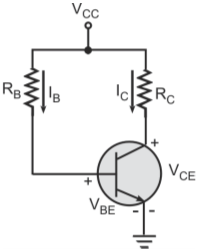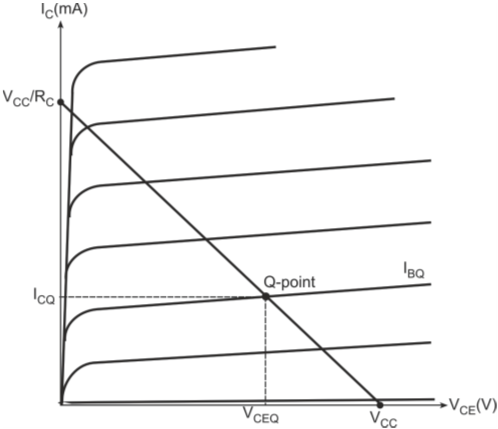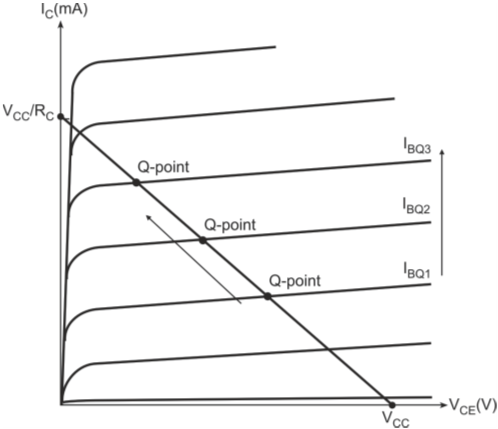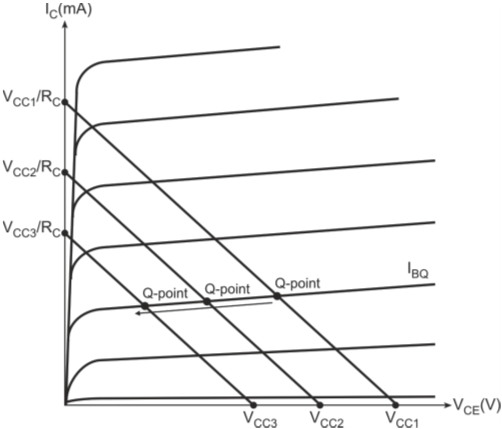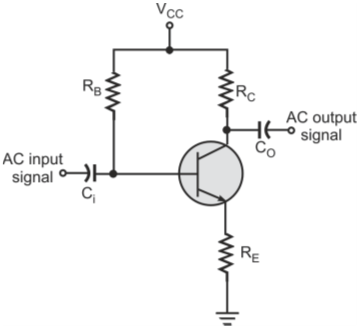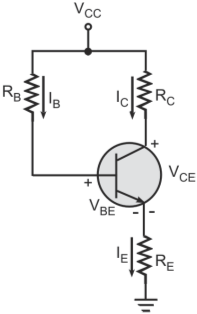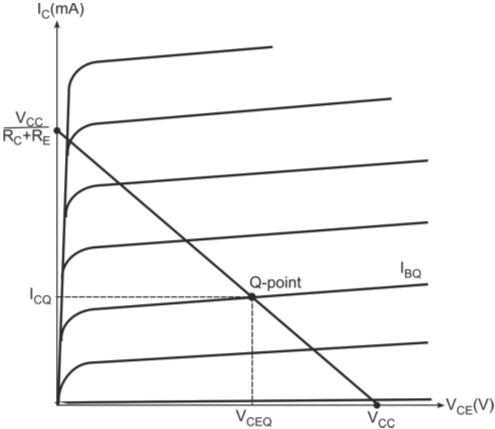Common-emitter configuration is the most popular of the three transistor amplifier configurations because it offers considerable current gain as well as voltage gain.
Discover, Learn and Innovate
Your Trusted Online Resource for Electronics
Share on Social Media
Popular Post
Popular Post
© Electronicspedia All Rights Reserved | Designed by Aarohan Research Lab

